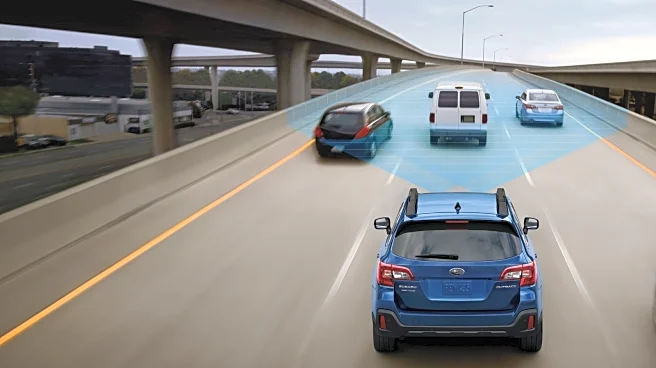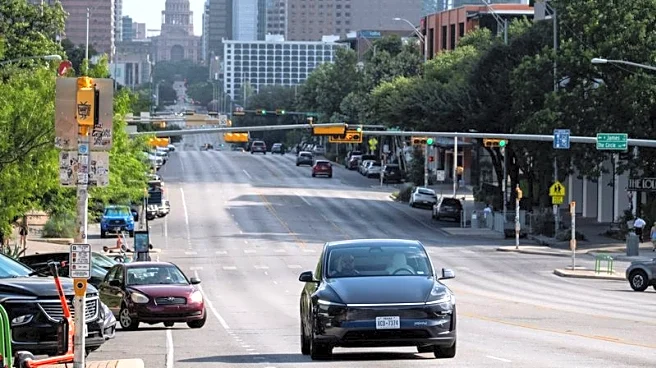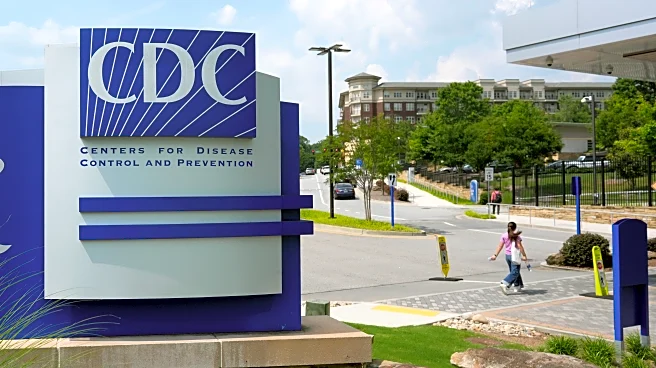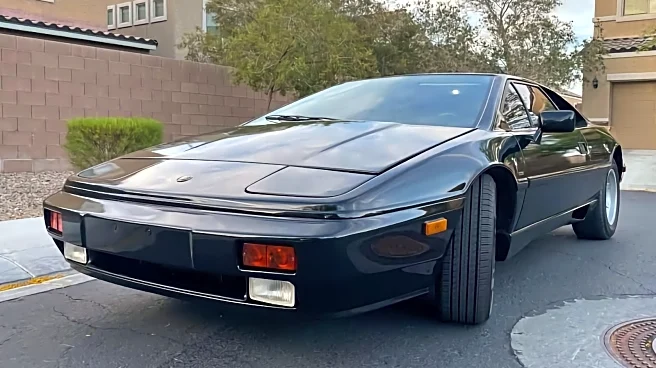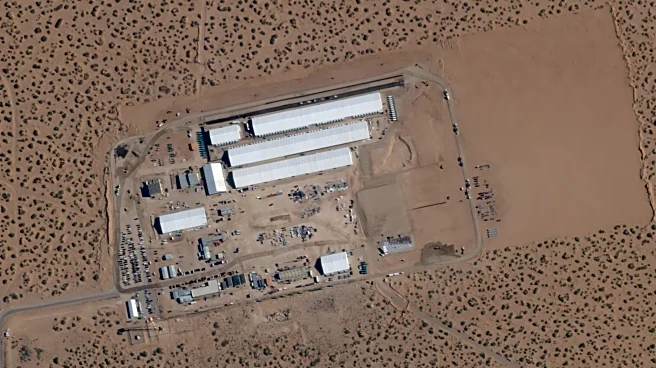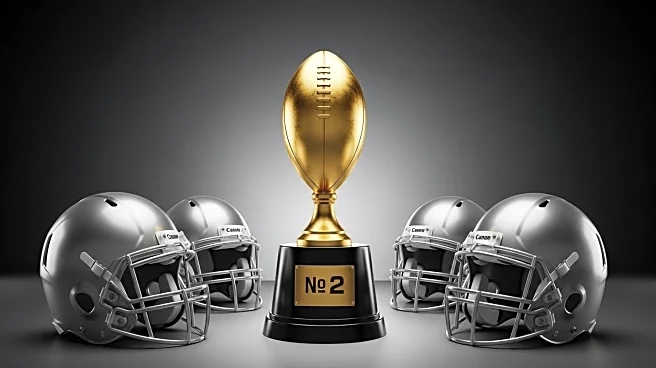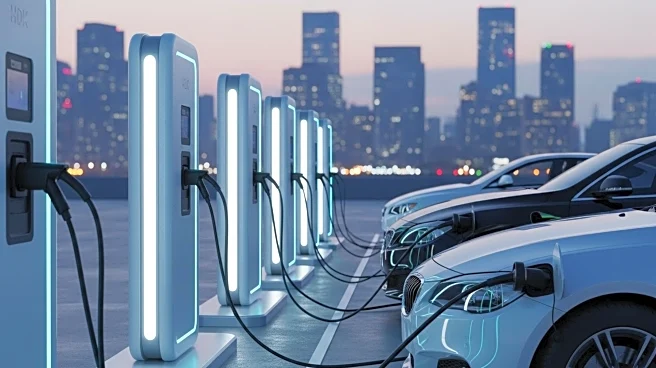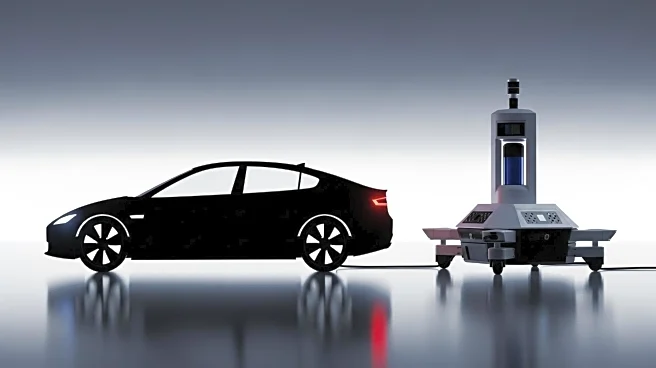
Subaru introduced the EyeSight suite of safety system to American customers on Legacy and Outback models at the 2013 New York International Auto Show. EyeSight was one of the first and, importantly, most affordable advanced driver safety assistance systems (ADAS) available in the U.S., paving the way for Level 2 autonomous driving products like Ford's CoPilot360 in 2018 (eventually Ford's more advanced ADAS system would be called BlueCruise), or Tesla's Autopilot, which still sucks, though it came
to market in 2015. You'd think with such a head start, Subaru would be at the cutting edge of self-driving software, but it's lost its lead. EyeSight is no longer on the bleeding edge of technological advancements; it's in the middle of the pack.EyeSight was truly ahead of its time, back in the day. Perfected on Japanese roads starting in 2008, the system was one of the first to combine adaptive cruise control, pre-collision braking, and vehicle lane departure warning into one safety suite. In 2014, Subaru improved EyeSight's "vision" with color stereo cameras, letting the Subaru "see" obstacles much farther ahead. EyeSight was, if not Level 1 autonomous driving, at least a step in that direction.
Nowadays, Eyesight offers owners adaptive cruise control with lane centering, lane departure warnings, automatic emergency steering, active rear cross-traffic warning, pre-collision braking and throttle management, and more. That might seem like a lot, but it pales in comparison to, say, Dodge's Active Driving Assist, which offers all this, plus hands-free driving on certain roadways, plus driver monitoring to make sure folks behind the wheel stay awake. Mercedes-Benz offers Level 3 on its ADAS system, Drive Pilot, though only on certain models, on certain roads in California and Nevada. In fact, a Consumer Reports test from 2023 put Subaru closer to the bottom in ADAS capability.
Read more: Call Me A Luddite, But These Modern Features Only Seem To Make Cars Worse
Middle Of The Pack Is A Good Place To Be

So what put other automakers miles ahead on the road first laid down by the medium-sized Japanese automaker? The way CR sees it, Subaru lost points when it comes to detecting and responding to unresponsive drivers. Subaru's system shuts off lane-keeping assist when it detects a driver is out of commission, but not the adaptive cruise control. Adaptive cruise control keeps your car a certain distance from the car ahead of it, while lane-keeping assist does what's on the label — it assists on keeping your car in a lane. Subaru's system turns off the lane-keeping assist, but keeps the adaptive cruise control at a set speed without slowing or navigating the car to a shoulder, which could be dangerous.
However, a newly updated version of EyeSight promises to catch Subaru up. J.D. Power reports that the new, improved EyeSight, which debuted at the 2025 New York International Auto Show, easily clears the Level 2 qualifications met by automakers like Tesla's Autopilot and Ford's BlueCruise. The improved EyeSight will first be on offer on give-the-people-what-they-want 2026 Outbacks, getting a bump thanks to the addition of radar sensors. While less powerful than lidar, considered the industry gold standard technology for self-driving cars, it's an improvement on the automaker's camera-only approach while keeping costs affordable.
The new EyeSight addresses the problems Consumer Reports pointed out with its new emergency stop assist, which will pull the car over, activate the hazard lights, unlock the doors and call emergency services if it detects the driver is unresponsive when using adaptive cruise control. So while Subaru may have gotten lapped by other automakers in the 2010s and 2020s, the automaker seems certain to catch up.
Want more like this? Join the Jalopnik newsletter to get the latest auto news sent straight to your inbox...
Read the original article on Jalopnik.
